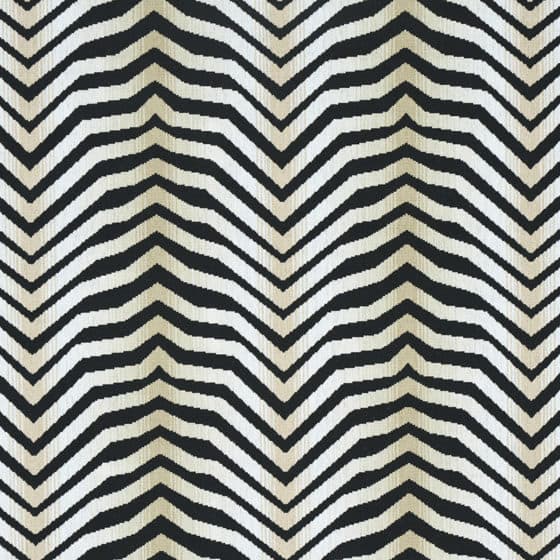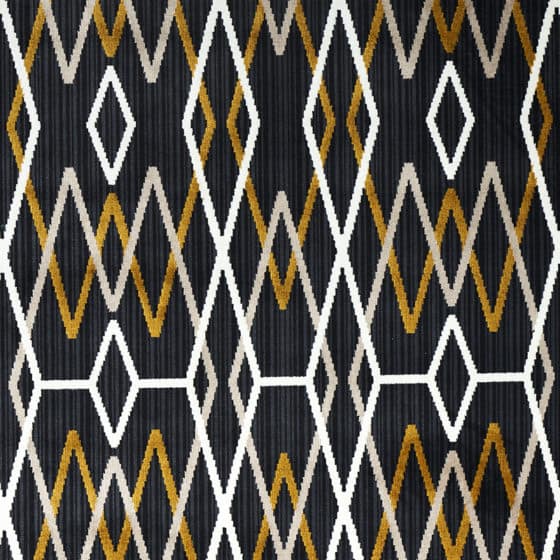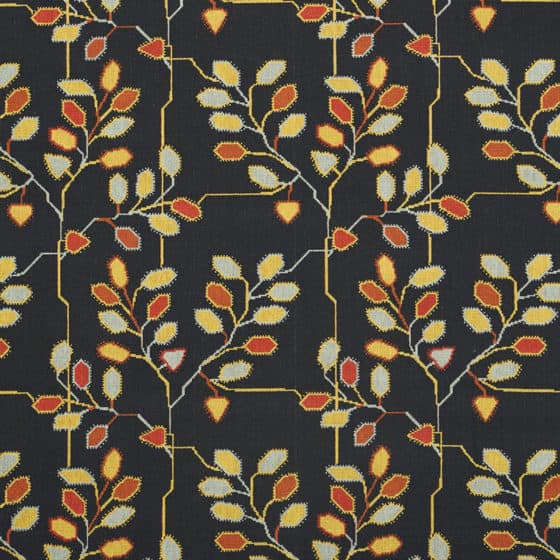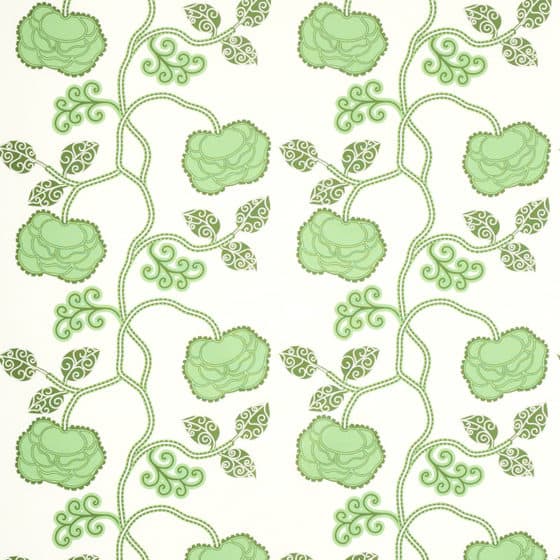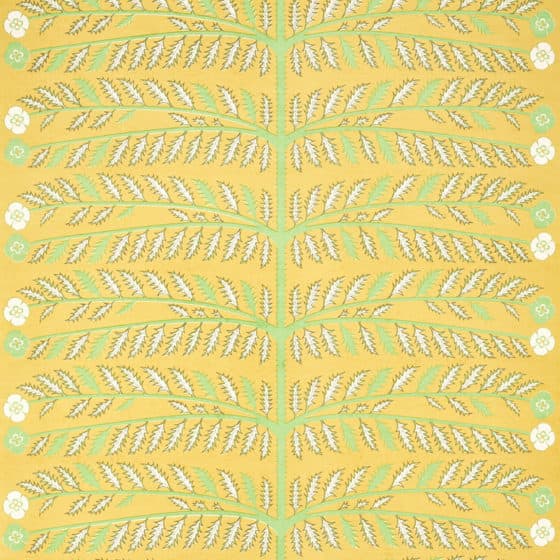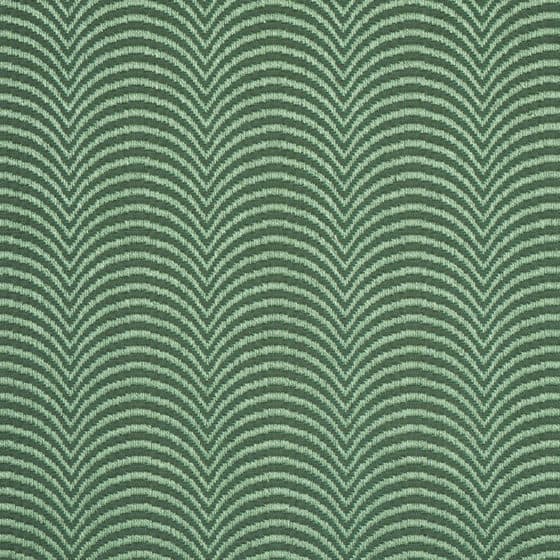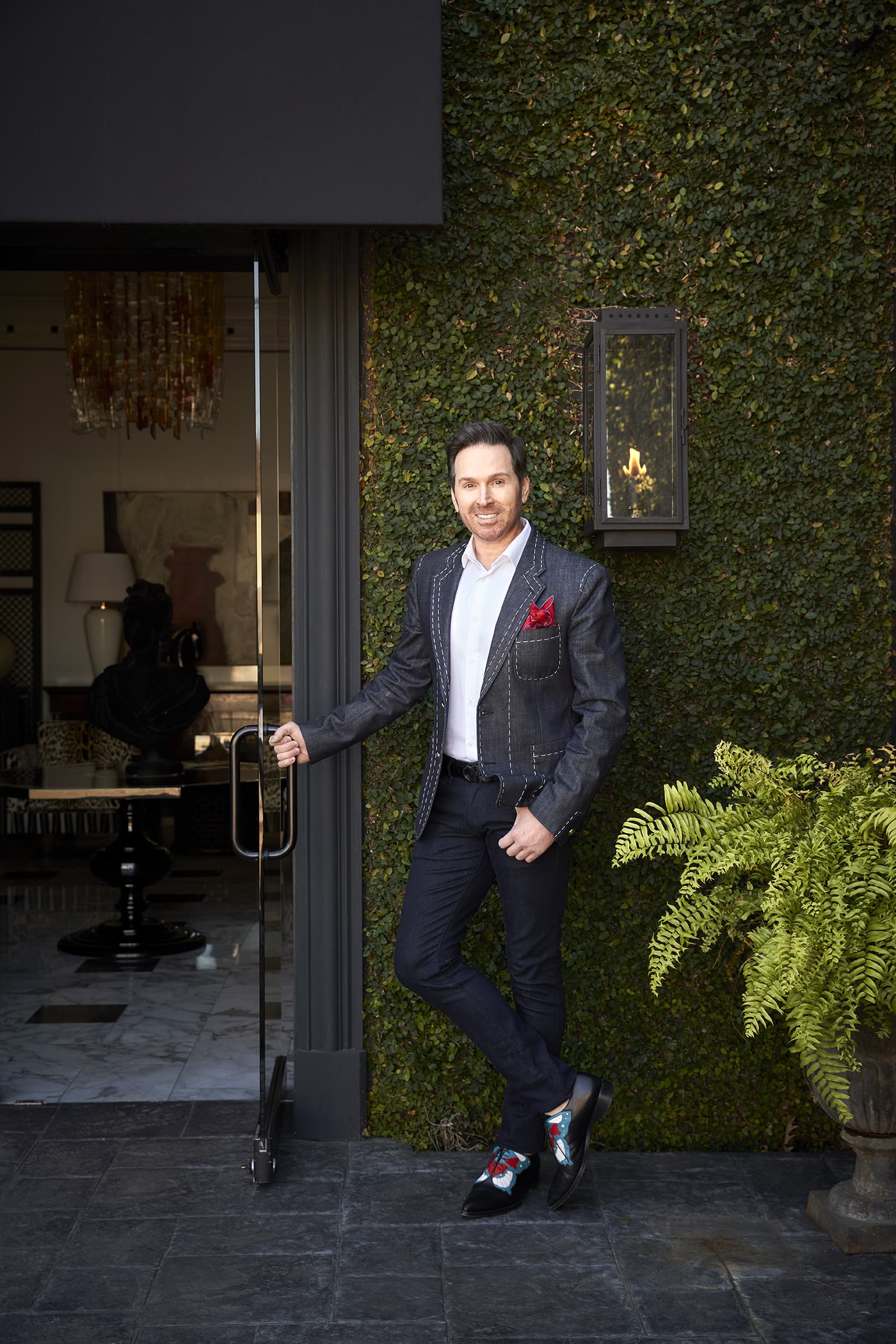

For Dennis Brackeen, co-owner of Houston design emporium Moxie, upholstery isn’t just a problem-solver—it’s a passion. “To me, good upholstery is integral to any project; it sets the tone for the integrity and craftsmanship within the interior,” says Brackeen, whose firm takes its specialty so seriously that it has its own upholstery studio and workshop onsite, sometimes spending upwards of 50 hours painstakingly focused on a single club chair. “There’s nothing worse than seeing a beautifully appointed room with upholstery that is lacking in quality—I can spot a poorly made cushion, a crooked run or nail heads or seam slippage a mile away,” he adds.
Recently, Brackeen fell in love with Schumacher’s new collaboration with British textile designer Neisha Crosland—the colorful, graphic collection resonated with the equally exuberant Brackeen, who used several of the fabrics and trim to update pieces from his own collection. We asked Brackeen to walk us through his process and share a few insider tips, so whether you’re thinking about refurbishing a prized antique, recovering a beloved hand-me-down chair or simply want to shop smarter when browsing for finished pieces, you’ll be covered.

Start with the Frame
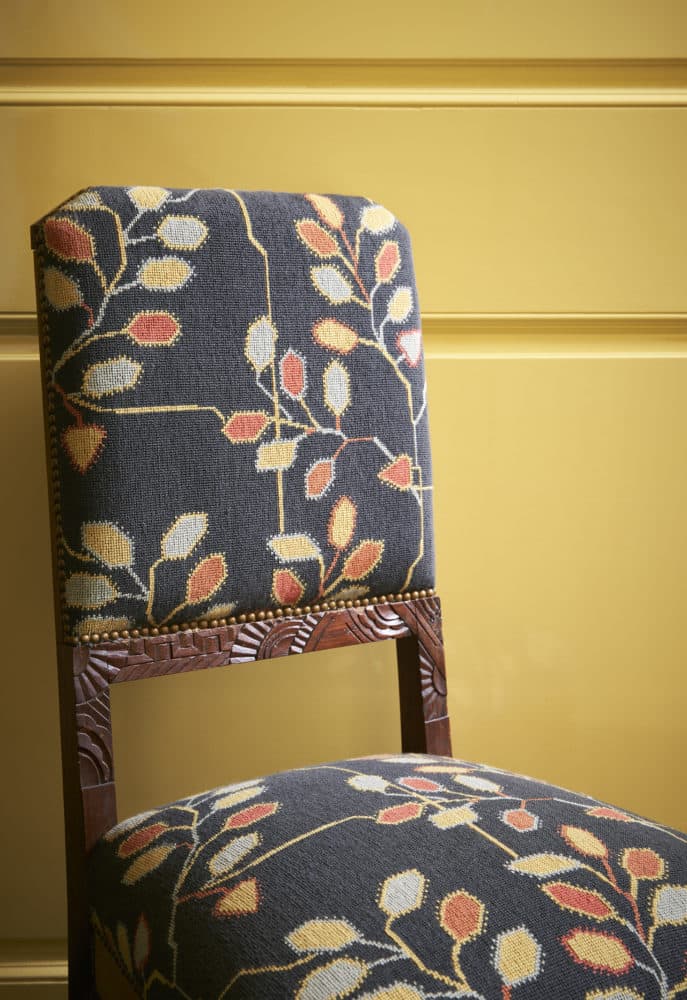
The frame is the foundation of any chair or sofa, so quality is key. With a new piece, a hardwood like maple is ideal; in his own designs, Brackeen uses kiln-dried wood, which wicks away most of the moisture, protecting against splits and shrinkage later. If you’re buying an antique, Brackeen suggests bringing a moisture sensor on your shopping trips. (A pocket-sized device like this one is ideal.) Hold it against the frame, and take a reading: If the moisture level is higher than 6 to 8 percent, don’t buy it.
Make a visual inspection part of your routine, too. Check to see if the frame is held together with pegs and reinforced with glue rather than staples that can splinter wood and weaken the overall foundation.
It's What's Inside That Counts
When it comes to filling, horse hair trumps foam every time, says Brackeen. The premium for the former will be at least 50 percent, but it’s worth every dollar, says the designer. “You’re looking at a minimum of 30 years before you even have to fluff it up a little, even if you sit on the piece every single day,” he explains. “You can recover it multiple times, just changing the outer layer of the piece.” Nowadays, the hair is usually a mixture of horse and hog, and is sourced cruelty-free from the animals; it’s also far more eco-friendly than petrochemical foam, he adds.
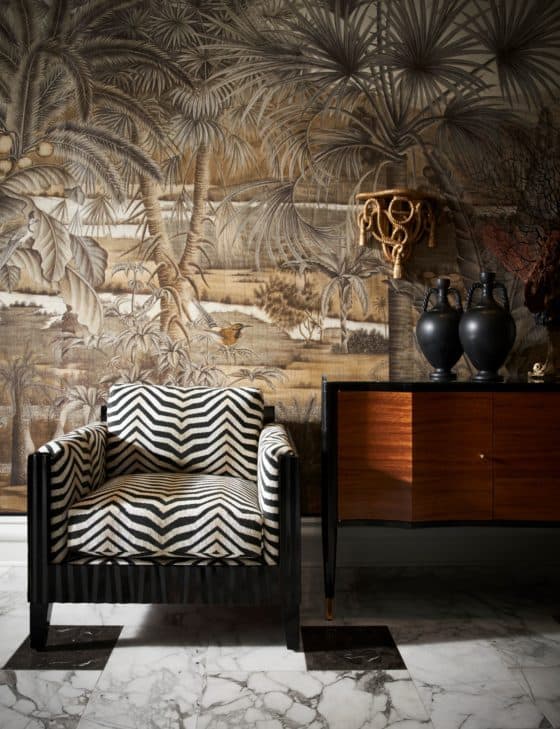
For added stabilization, you can also ask your upholsterer to add blocks in the corners of the frame. This will help improve the integrity and durability of less-than-pristine pieces that need to stand up to regular use.
Antiques Should "Spring" to Life
If you’re simply buying a reupholstered antique, rather than commissioning the overhaul yourself, you’ll still want to do your due diligence to make sure the quality is up to snuff before you commit. That moisture sensor will come in handy here, too, and take note of the piece’s country of origin: Expensive French and English antiques tend to be hardier and more dependable than, say, Italian-made chairs, says Brackeen.
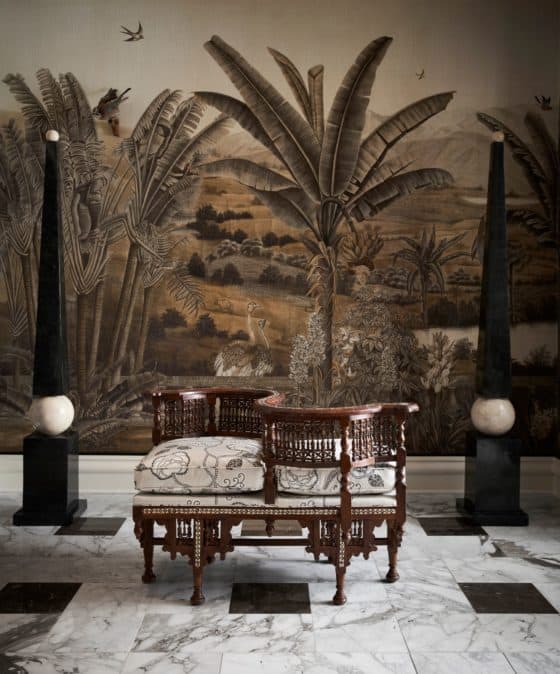
Do a spring test, running your hand along the underside of the seat to hear if the springs make a sound as you tap them; if appropriately taut, they’ll “ding.” Remove the cushion, if you can, and sit directly on the deck of the chair. “It should feel even, without one spring popping to make it lopsided, tight enough to be comfortable,” says Brackeen. Try sitting down and standing up quickly: The crown of well-upholstered cushions should spring back within 10 seconds.“If she’s not back by then, she’s gone,” the designer laughs.
When in Doubt, Go Abstract
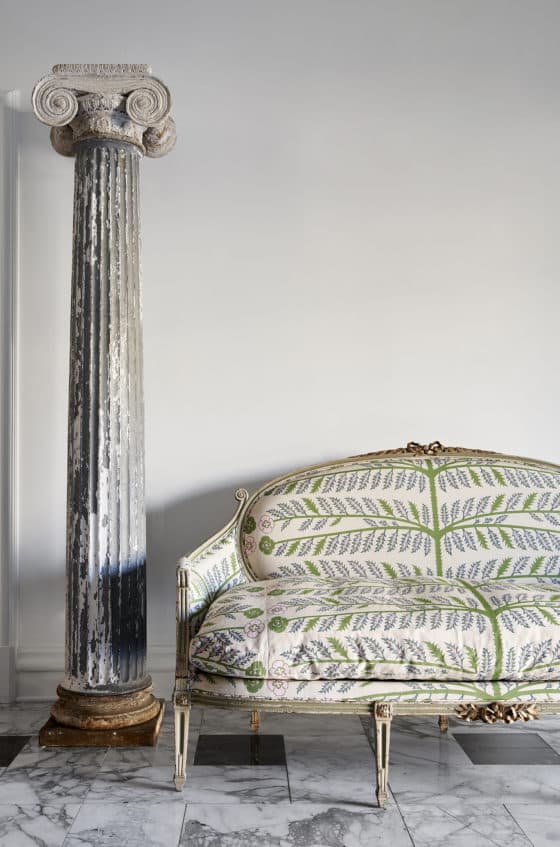
Now for the fun part: choosing your fabric. If you’re considering a print or pattern, think of your chair or sofa like a piece of art. If it has a wood perimeter (think clean-lined Louis XVI chairs), wilder patterns will work well, contained and framed as they are, much like a painting. Feel free to mix and match different fabrics on the front and back of a chair, too.
For pieces without any visible border, a bold pattern is riskier; unconstrained, they can overwhelm the room. Geometrics are the most difficult of all, says Brackeen, as the straight lines can become distorted by the furniture’s curves, even in the hands of the most seasoned upholsterer. Instead, he suggests sticking with solids, an abstract motif, or a large-scale print like Crosland’s exaggerated Espalier.
Use the "Botox Benchmark"
As for what kinds of fabrics to consider, Brackeen has some strict rules. “Knowing which fabric to use and how to execute the reupholstery with particular detail is the secret,” he says. “Sometimes even the most beautiful woman can wear the wrong dress!” For starters, you should never improvise with non-upholstery textiles, Brackeen cautions, recalling the client who asked him to upcycle an Hermès scarf to cover a chair seat. “It’s asking for a lot of heartache. Silk is a drapery fabric, so you will be disappointed,” he warns.
Thinking about leather? Brackeen uses the “Botox Benchmark” to determine whether a client is a good candidate, asking them how often they use injections to keep their own wrinkles at bay. If the client is happy with minimal upkeep (or none at all), they’ll likely embrace the charm of aging leather upholstery, which gains texture, patina, and creases over time. If they’re the type of person that freshens their face every few weeks, they might be more inclined to see those details as unsightly imperfections, making leather less than optimal for a frequently used piece.

Take Fabrics for a Test Drive
Even if you’ve fallen head-over-heels with a particular textile, take it for a test drive before making a major investment. To do this, Brackeen suggests buying a yard or two of the fabric and having your local seamstress make a few sample scatter cushions. Live with them for a few weeks to see how you feel about the fabric (and how it holds up), then go ahead and dive in. Or take a shortcut and head straight for the performance textiles: Crosland’s richly textured Hurdles fabric, which Brackeen used for pillows, is hardwearing and stain-resistant.
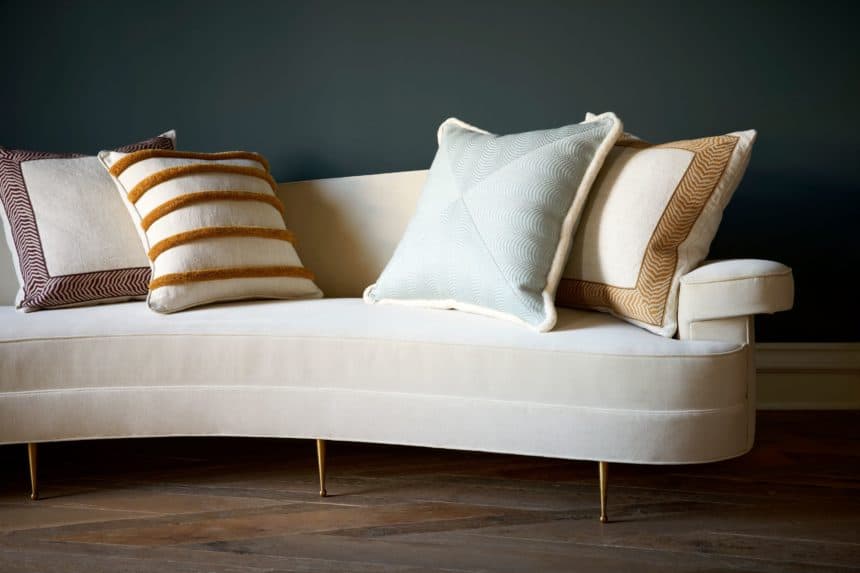
Go the Extra Yard
There’s nothing worse than getting a call from the upholsterer that you’re just short of the required yardage. When buying patterned fabrics, always order an extra 20 percent to ensure that the matching is seamless.
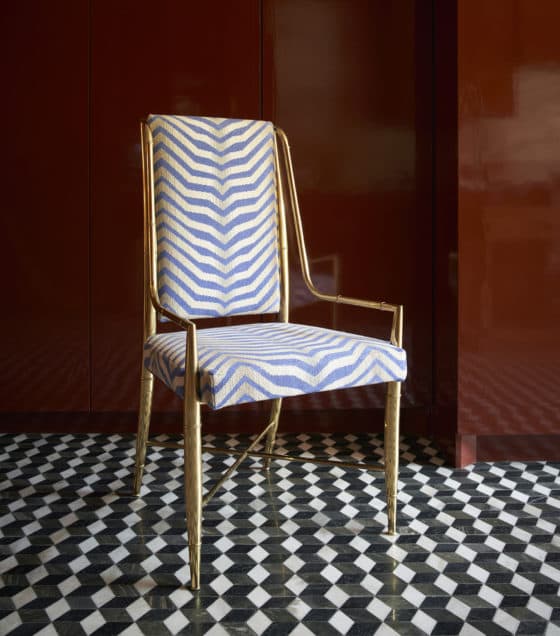
And no matter what type of fabric you’re using, you’ll want to tack on another 20 percent for futureproofing against wear and tear: Even if your chosen fabric is still in production ten years down the line, colors vary from batch to batch, and the only exact match will be from the same bale as your original. “On a sectional, get at least enough fabric to redo a cushion,” Brackeen says. “You never know if someone’s going to sit on it with a pair of scissors in their hand or Cheetos dust on their fingers.”
ALL UPHOLSTERY SHOWN BY DBDG UPHOLSTERY AT MOXIE
Love Neisha Crosland’s new fabrics for Schumacher as much as Dennis Brackeen does? Peruse her entire collection here!















